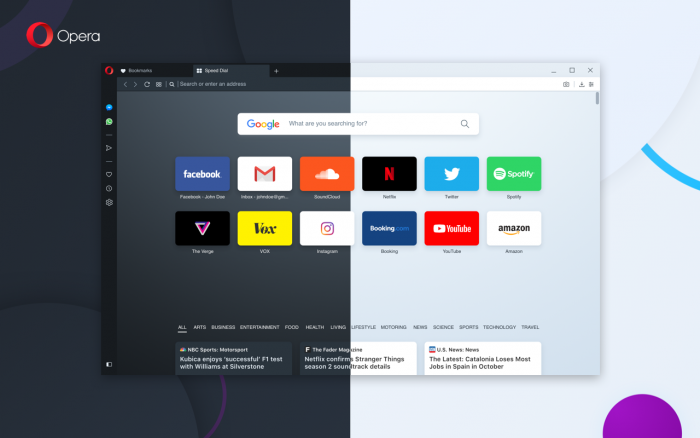

It creates a scenario where emojis would have to become easier to utilize with a physical keyboard, or users would have to find a way to copy and paste what they need. And the alternative is searching for the emoji by keyword, which is just an extra, unnecessary step.”Īnd that’s a best-case scenario, with a device that places more importance on emojis than something like a computer, which doesn’t typically have easy access to them.

“Browsing them to find the right ones would take significantly longer than just typing in the words. “Apple has nearly 4,000 emojis in its library at the time of writing,” Zimny pointed out. That being said, depending on the emojis needed, it could still take some time to swipe through pages of tiny icons. Mobile devices are likely the best-case scenario for such a feature, as their digital keyboards often include an option to pull up emoji libraries. “… it doesn’t have any actual use outside of the novelty factor for marketers.” Too Clunkyīreaking the process down from a purely mechanical standpoint, replacing the standard alphanumeric URL entry with emojis is far more time-consuming. “As fun and fresh as it seems, emoji URLs are just that-a fun little thing,” said Dawid Zimny, Product Manager at London-based agile web agency NerdCow, in an email to Lifewire.

Ideally, it would work as an attention-grabbing way for companies to get people to check out their websites, but experts are hesitant to view it as anything more than a fad.

The gist of Opera’s latest feature works specifically through Yat, which allows users to create a custom web URL from a string of emojis-the resulting webpage can be customized or used as a redirect to a more typical website. Thanks to a partnership with Yat, Opera’s web browser now supports web address URLs in emojis, but experts believe it’s too awkward to be anything more than a gimmick.


 0 kommentar(er)
0 kommentar(er)
